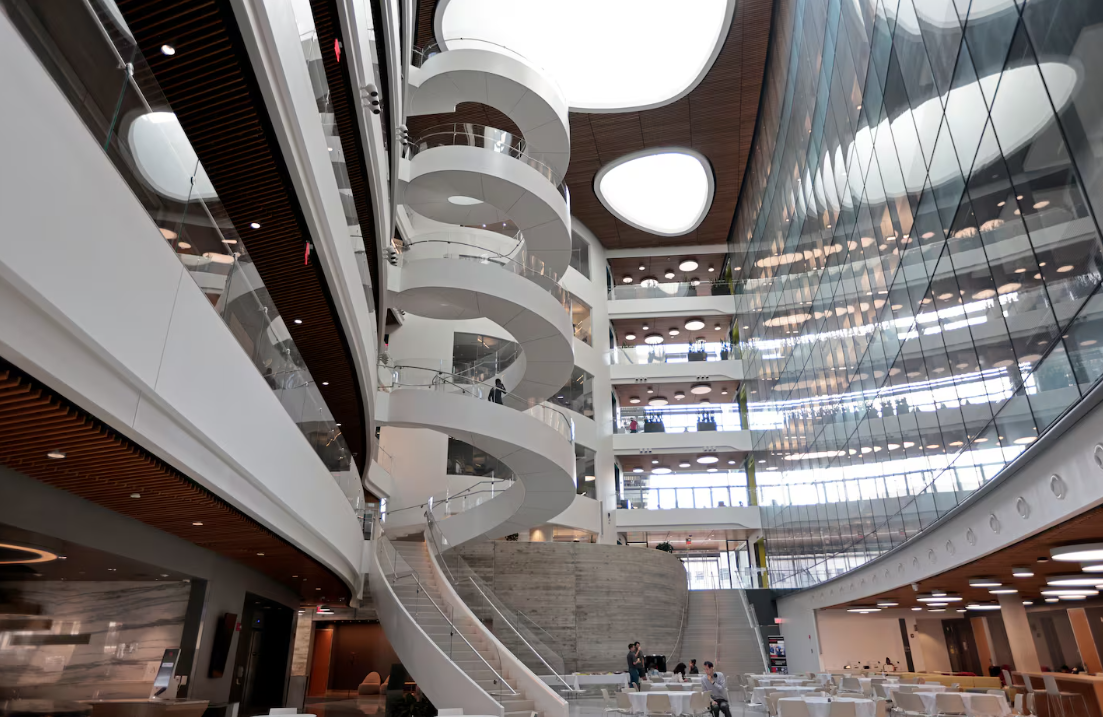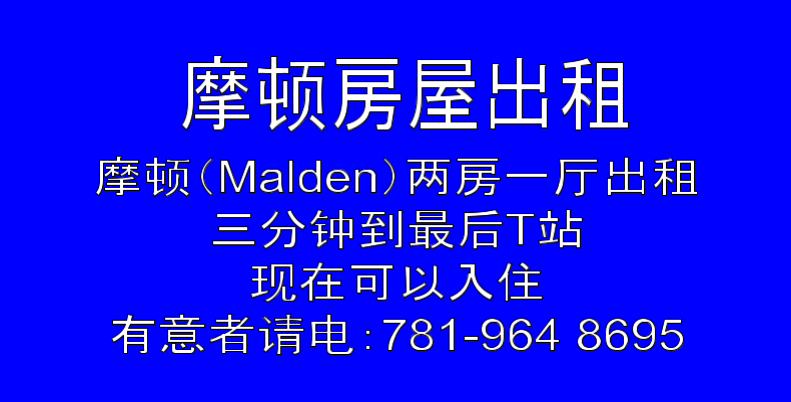东北大学录取率为 5.2%,是美国最具竞争力的学校之一

【中美创新时报2024 年 8 月 26 日编译讯】(记者温友平编译)东北大学公布了其新生录取率创纪录的低点,为 5.2%,凸显了人们对学校合作项目的无限渴望。个位数的录取率使东北大学成为美国最具竞争力的学校之一。《波士顿环球报》记者希拉里·伯恩斯(Hilary Burns)对此作了下述报道。
东北大学公布了其新生录取率创纪录的低点,为 5.2%,凸显了人们对学校合作项目的无限渴望。
这所前通勤学校在 1990 年录取了 88.3% 的申请者,近年来,随着其在全国和全球范围内的扩张,以及强调其学生的就业率和高于平均水平的起薪,其竞争力日益增强。
“这是一个了不起的故事,”波士顿学院高等教育教授菲利普·G·阿特巴赫(Philip G. Altbach) 说。“我记得东北大学在亨廷顿大道上是一个不起眼的地方。”
个位数的录取率使东北大学成为美国最具竞争力的学校之一。塔夫茨大学报告称 2028 届学生的录取率为 11%;哈佛大学报告称今年的录取率为 3.6%;阿默斯特学院报告称录取率为 9%;麻省理工学院报告称新生录取率为 4.5%。

不过,东北大学的录取率仅包括将在其波士顿主校区开始学习的学生。该大学还在其伦敦和加利福尼亚州奥克兰校区为本科生提供教育。东北大学的一位发言人表示,以这种方式报告录取率是“高等教育的标准”,并拒绝提供其他校区的录取率。
据该大学称,新生将包括波士顿约 2,770 名学生,奥克兰约 460 名本科生,伦敦约 650 名。另外 700 名学生将通过学校的“全球学者”计划在奥克兰和伦敦各学习一个学期,另外 1,550 名学生将通过一项名为 NUin 的项目出国留学。
该大学收到了超过 98,000 份申请,申请 2028 届学生。东北大学尚未公布新生的人口统计细节。
该大学于 1898 年作为波士顿青年基督教协会的一所夜校开办,旨在教育工人,长期以来一直通过合作模式与竞争对手区分开来,该模式将学生安排在与其学习领域相关的带薪实习中。该地区认证机构新英格兰高等教育委员会名誉主席芭芭拉·布里廷汉姆 (Barbara Brittingham) 表示,随着越来越多的学生和家庭质疑昂贵的大学学位是否会带来高薪工作,这项勤工俭学计划“比以往任何时候都更及时”。
“如果我现在站在家长的角度,我的孩子就读于东北大学,那么由于采用合作模式,我就不会那么担心他们主修什么专业了,”布里廷厄姆说。
东北大学学生的家长在最近的采访中告诉《波士顿环球报》,他们认为合作项目将让他们的孩子在毕业后找工作时更具优势。
一些人担心东北大学的排他性会遗留一些人,包括曾经蜂拥而至的波士顿地区工薪阶层家庭的学生。他们往往缺乏今天入学所需的优秀学术水平,但东北大学 20 世纪 70 年代和 80 年代的毕业生告诉《波士顿环球报》,这所学校为学生提供了一条通往中产阶级的重要道路。东北大学过去和现在的领导人表示,20 世纪 90 年代初入学人数的下降迫使大学进行重大变革以求生存。
“世界正在改变,”东北大学校长约瑟夫·奥恩在最近的一次采访中说。 “高等教育的目的首先是教育学生,然后进行对社会有影响的研究。如果你不了解社会面临的变化,你就会被淘汰。”
题图:东北大学的跨学科科学与工程综合体。Pat Greenhouse/Globe Staff
附原英文报道:
Northeastern University posts acceptance rate of 5.2 percent, placing it among most competitive schools in the US
By Hilary Burns Globe Staff,Updated August 26, 2024
Northeastern University has posted a record-low acceptance rate for its incoming class of 5.2 percent, underscoring an insatiable appetite for the school’s co-op program.
The former commuter school, which accepted 88.3 percent of applicants in 1990, has become increasingly competitive in recent years as it has expanded its footprint across the country and around the globe, and emphasized its students’ job placement rates and higher-than-average starting salaries.
“It’s an amazing story,” said Philip G. Altbach, higher education professor at Boston College. “I remember Northeastern as an unimpressive place on Huntington Avenue.”
The single-digit acceptance rate places Northeastern among some of the most competitive schools in the nation. Tufts University reported an 11 percent acceptance rate for the class of 2028; Harvard University reported an admit rate of 3.6 percent this year; Amherst College reported an admit rate of 9 percent; and the Massachusetts Institute of Technology reported an acceptance rate of 4.5 percent for the incoming class.
Northeastern’s acceptance rate, though, includes only the students who will start on its main Boston campus. The university also educates undergraduates on its London and Oakland, Calif., campuses. A spokesperson for Northeastern said it is “standard across higher education” to report the admit rate this way, and declined to provide the acceptance rates for the other campuses.
Harvard’s acceptance rate is 3.6 percent, a slight year-over-year uptick
The incoming class will include about 2,770 students in Boston, according to the university, as well as 460 undergrads in Oakland, and about 650 in London. An additional 700 students will spend one semester in Oakland and one in London through the school’s “Global Scholars” program, and 1,550 more will study abroad through a program called NUin.
The university received more than 98,000 applications for a spot in the class of 2028. Northeastern has not yet shared demographic details of the incoming class.
The university, which opened in 1898 as a night school at the Boston Young Men’s Christian Association to educate working men, has long differentiated itself from competitors through its co-op model, which places students in paid internships relevant to their area of study. That work-study program is “more timely than ever” as more students and families question if an expensive college degree will lead to good-paying jobs, said Barbara Brittingham, president emerita of the region’s accreditor, the New England Commission of Higher Education.
“If I try to put myself in the shoes of a parent right now, and my student went to Northeastern, I would worry less about what they majored in because of the co-op model,” Brittingham said.
Parents of Northeastern students in recent interviews told The Boston Globe they feel the co-op program will give their children an edge when it comes time for the post-graduation job hunt.
Some worry about the people Northeastern’s exclusivity leaves behind, including the scores of students from working-class families in the Boston area who once flocked to the school. They often lacked the stellar academics you need to gain admission today, but Northeastern graduates from the 1970s and 1980s told the Globe that the school offered an essential path to the middle class. Past and present leaders of Northeastern said falling enrollment in the early 1990s forced the university to change dramatically to survive.
“The world is changing,” Northeastern’s president, Joseph Aoun, said in a recent interview. “The purpose of higher education is to first educate the students, and then to do research that is impactful to society. If you don’t understand the changes that society is facing, you become obsolete.”

